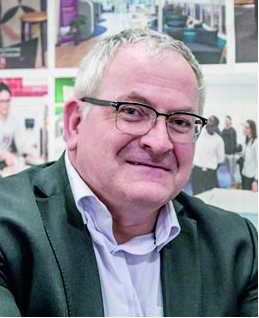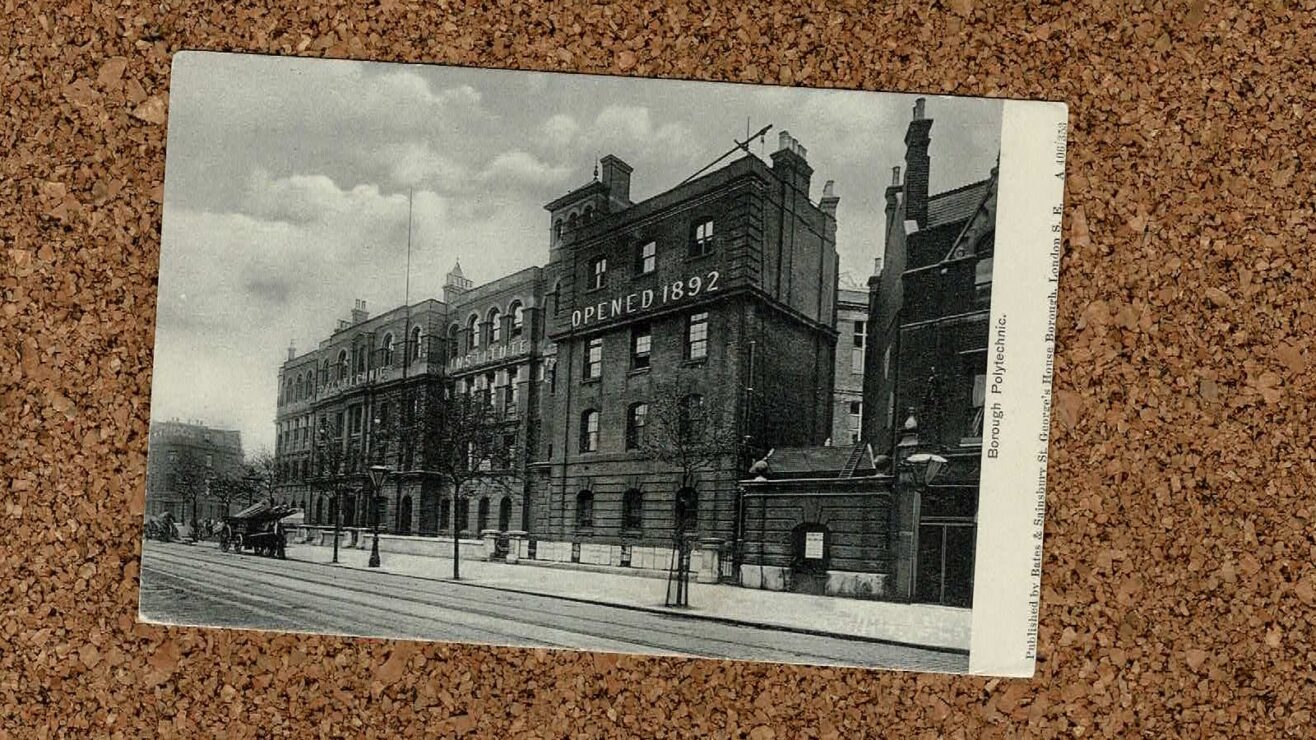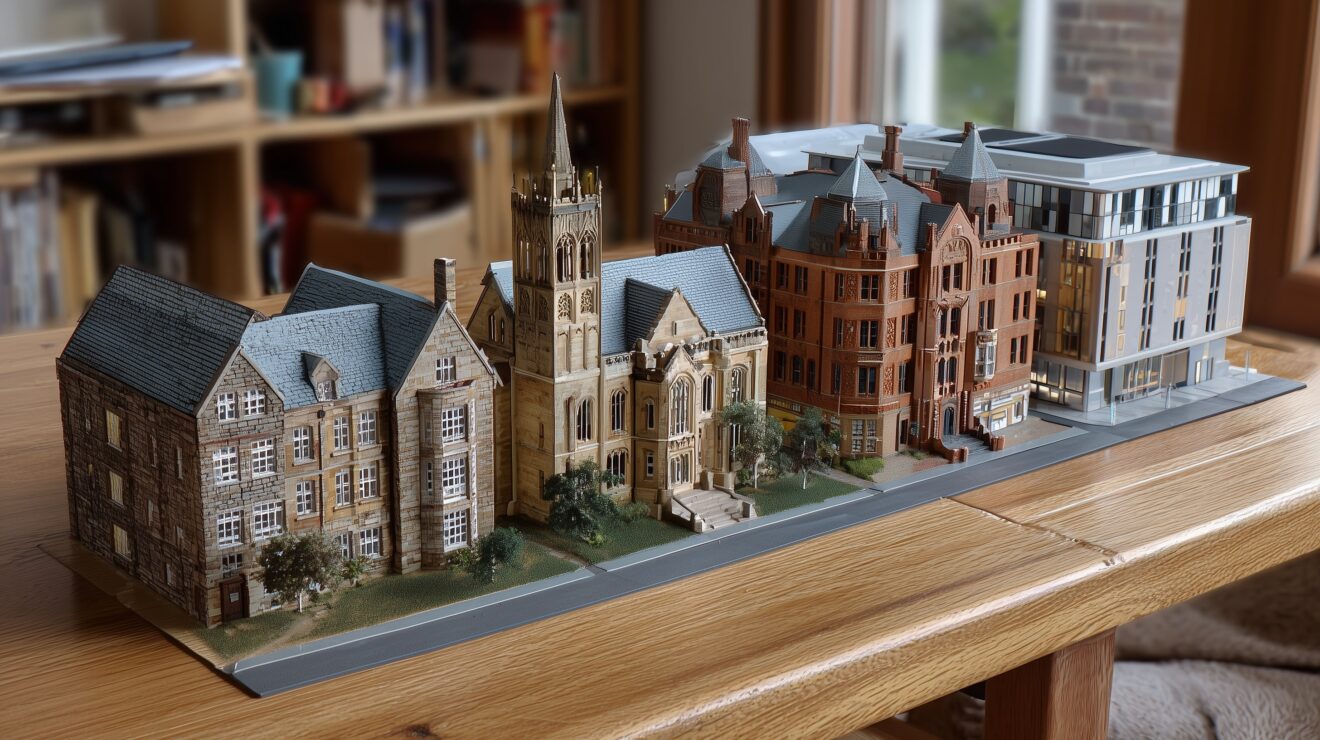The scale of capital investment made in the UK higher education estate over the last five years is staggering, with some £2.75bn spent in the 2014/15 financial year alone. This is expected to continue to increase in the immediate future as the sector anticipates the true impact of our leaving the European Union. And a significant proportion of this has been spent on cutting-edge learning and teaching environments.
The classroom itself has changed very little over the years – it is only since the introduction of the internet, mobile technologies, and the wide availability of innovative furniture that designers have been able to exploit and deliver student-centred learning experiences rather than teacher centred instruction. The ‘flipped’ classroom has become the embodiment of these changes. In parallel, informal learning spaces have proliferated, partly through the availability of ubiquitous wi-fi and partly through the willingness of universities to open up new areas of the estate.
User-led design
At the University of Brighton, we created the SILS (Social and Informal Learning) Project to provide students with space to learn and socialise, to encourage active communication, and to provide stimulation for users. A key factor in the success of the project was the appointment of two of our graduates to manage the project and undertake the stakeholder consultation and preliminary design work. This was delivered in previously underutilised areas of the estate, which allowed us to identify common themes which could be replicated elsewhere. Student feedback has been positive. The challenge for universities is balancing the capital investment with ongoing regular maintenance of the estate as neglecting this risks the polarisation of the student experience due to visible extremes of the quality of its built environment.
Inspiring spaces do not happen by accident. They are the product of a process of collaboration between students, academics, estates professionals and the consultant/contractor supply chain. A further consideration is that the gestation period of a sizeable capital project can be several years, and this presents challenges in maintaining the continuity of personnel involved and keeping a strong nerve on the choice of technology to install – obsolescence is only ever around the corner. The Forum at Exeter University is an example of this being managed well. During a four-year development period the university worked hard to maintain the knowledge base built up amongst staff working on the project, so that when people did move on, it did not have a detrimental effect on progress. The inspirational mix of indoor and outdoor space includes a Student Services Centre, library, retail and catering outlets and technology-rich learning spaces. Since its completion in 2012, it has become a key component of the university’s marketing strategy – proving that good design transcends conventional boundaries.
Spaces to support learning
Truly inspiring spaces have to work at many levels. For the individual students it is about gaining confidence and developing character in order to adapt to a more collaborative approach to work, and beginning to develop and experience the type of relationships which will prepare them for the world of work. The importance of creating positive links with business and industry through contact facilitated by the estate is not a new thing, but more and more emphasis is being placed on deliberately creating opportunities for collaboration either through shared programmes of study or embedding business and industry within the university campus.
The University of Brighton has recently completed the construction of a £15m Advanced Engineering Building at its Moulsecoomb Campus. This has established a world-class specialist teaching facility alongside state-of-the-art research laboratories, and has been developed with long term industry partner Ricardo. The building will support the further expansion and enhancement of the partnership to advance the design and development of novel low-carbon internal combustion systems, with the wider objectives of advancing technological knowledge and supporting the advanced training needs of the next generation of engineers for the region.
A similar story can be found at Southampton Solent University’s new building, ‘Spark’, which contains teaching spaces as well as social and flexible spaces for exhibitions, shows and high-profile events. Spark’s centrepiece is the full-height atrium with its distinctive Pod reflecting the nautical heritage of the region. With such features as part of the design, this building has become a valuable marketing asset for the university.
The academic street
One of the most interesting campus redevelopment projects recently completed is the New Academic Street (NAS) at RMIT in Melbourne, Australia – a member of University Alliance’s partner group of universities, the Australian Technology Network. This A$220m project is specifically focussed on strengthening the university’s connections and engagement with its surroundings in the northern parts of the city’s central business district. A primary aim was to improve the permeability of the campus (sometimes described as ‘fortress-like’) by allowing greater pedestrian flow and natural light to a series of planned interconnected learning and social spaces. The university is deliberately creating an environment that encourages serendipity and collaboration amongst the student and staff community.
One of the challenges of creating a brief for a campus building is the question of who the stakeholders are. For the student community, that can sometimes be a point of great debate amongst the client team as students involved at the outset of the project could have left by the time it gets on site. A further consideration is what if the incoming cohort (currently 14-18 year olds) have already studied in an inspiring space? Could the transfer to the higher education sector become an anti-climax for them, if we have not taken the time to learn about their experiences and preferences beforehand?
Another area of significant progress in the development of learning environments is the use of furniture, especially where this permits flexible use of the space and empowers the user to shape their own experience. Though our sector was once seen as a secondary market by manufacturers, this has changed significantly with global companies showing serious interest.
Modern spaces
While the development of new state-of-the-art buildings is a complex process, regenerating learning spaces across a whole institution puts a very different perspective on the challenge to both create, and maintain, inspirational space. The University of Brighton is currently in the middle of such a challenge, having determined to refurbish all teaching and learning spaces within a five-year period through its Modern Spaces Programme (MSP). At the heart of this programme are four fundamental philosophies which drive both the design process and decision-making. These are:
- Inclusivity – each campus has its own local programme group consisting of stakeholders from all academic areas based on that campus, local support staff, central space planners and technologists and student representatives. These groups determine the priority order of refurbishment projects and then feed into a central programme steering group which manages work projects, schedules work and oversees liaison with contractors and project managers.
- Using exemplar spaces to set future standards – instead of simply refreshing existing facilities, the MSP is looking at previous exemplar projects in Brighton to learn lessons on creating inspirational spaces, including the SILS project, the Brighton Waste House and the Centre for Excellence in Creativity.The MSP has also developed exemplar spaces specifically designed to best understand what inspires users in different types of space – from small traditional classrooms and medium-sized multi-purpose spaces to large art studios.
- A continuum of digital and physical – The reality of both a modern learner and the person teaching them is that of a continuum, from a digital world to the physical facilities of the learning space An acceptance of this continuum fundamentally changes the approach to space design and ensures the digital aspects of a student’s learning are incorporated within the space itself – allowing both worlds to inspire and shape the use of the space.
- The journey is as important as the destination – people do not close their eyes while moving between learning spaces and the journey to a lesson can play a key role in shaping the mood of both learner and teacher. To that end, the MSP has begun to treat corridors and thoroughfares as significant opportunities to inspire through displays of student-generated work, staff research and key external sources of inspiration.
Spaces that inspire come in many shapes and sizes. We’d like to end this essay with one notable example: Building 20 at the Massachusetts Institute of Technology (MIT). It has produced many breakthrough encounters in its 50-plus years, through the mixing of disciplines of work performed out in the open and of serendipity zones such as hallways and staircases as sites for productive encounters. The building clearly inspired its occupants to do great things and it is fitting that when the building was finally demolished in 1998 and replaced by the Frank Gehry designed Stata Center, a key requirement of the brief was to replicate the magic of Building 20. It remains to be seen if the Stata Center inspires as much as Building 20.
This article is adapted from the University Alliance publication “Technical and Professional Excellence: Perspectives on Learning and Teaching.” You can read the full collection of essays here.















sick